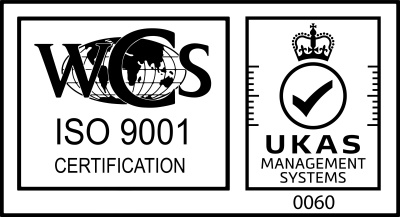The Lights Are Going Down on a Throwaway Equipment Culture
August 2021
Simply throwing out electrical equipment and updating to âthis yearâs modelâ is wasteful, expensive and causes problems of pollution and toxins, especially in emerging economies. It does not have to be this way.
Download the Podcast
âWe have noticed that the vast majority of issues that organizations tend to blame on software are actually about hardware components and can be repaired,â says Willian Santos of ABI Electronics. PCB components can be recovered, repaired and replaced as good as new.
Even better than that: the components can be fine-tuned to become more appropriate to the needs of the user or to perform at a higher standard, like after-sales tuning of automobiles.
On top of that, the cost of recover, repair and reuse can be very cost-effective. It can be less than 10% of the cost of new equipment.
ABI Electronics first appeared on the radar with news of several contract wins across the world, with air forces, other military forces, and rapid transit systems. Metro Sao Paulo in Brazil, one of the largest cities in the world, has been practicing scheduled maintenance, servicing and repair of electronic components in its trains and traffic control systems for decades, as has the UKâs Royal Air Force, which means that the principle and technology is established.
60 million tonnes of electronic waste is thrown away across the world, every year. Pressure on the environment and from consumers and environmental lobbies mean that this level of disposal is unacceptable.
While a lot of OEMs are wedded to the model of selling new capital equipment as often and as much as possible, the world is changing. Equipment life will be extended, one way or another, either by the customer using equipment and training modules from ABI Electronics or similar companies, or the OEMs can do it themselves. They can offer a 360-degree package, that will include maintenance, service and repair, along the servitization model.
As it is routine for repaired equipment to operate to at least the same standard as new units, there is little excuse for the traditional model to persist. The lights are going down on the throwaway society.
The Covid-19 pandemic has further emphasised the value of repair over replacement. New equipment takes time to arrive and may require training of operatives and users. Equipment that is already on site and is monitored by the maintenance department and can be quickly fixed on site, offers more uptime and availability.
This may require a rethink in colleges and universities, who are turning out people who know only how to create apps. The need for skills in repair and maintenance is growing and is likely to accelerate, as more businesses adopt the circular economy approach, to put servitization to work for them and to extend useful equipment life.
Credits to MarketScale and Ruari McCallion
Share this:
Tweet











 Copyright 2026 ABI Electronics Limited - Registered in England - No 1824588
Copyright 2026 ABI Electronics Limited - Registered in England - No 1824588